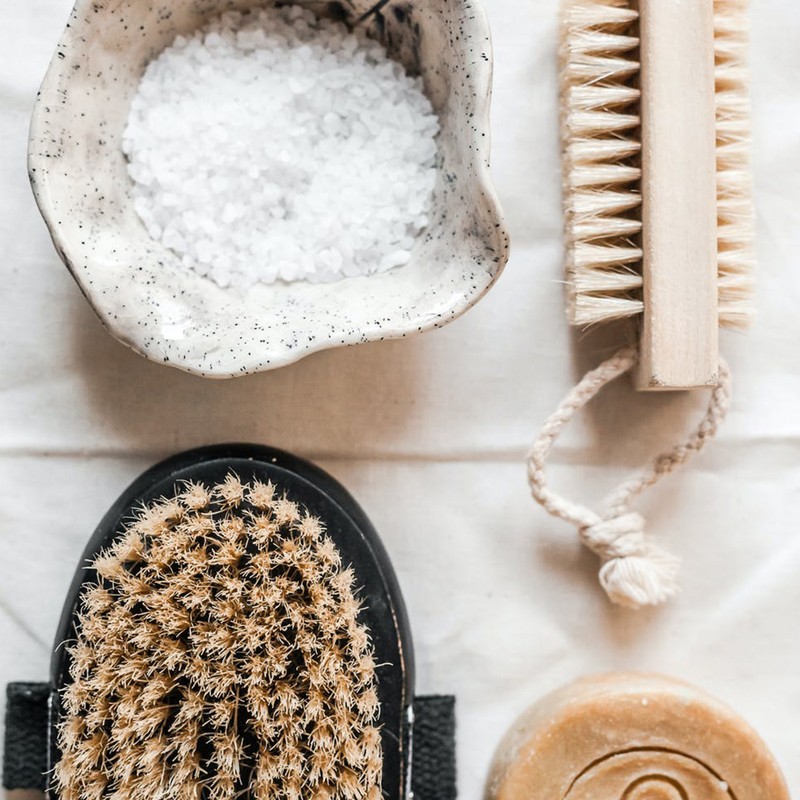
Everything You Need To Know About Epsom Salts
They’re Rich In Magnesium
“Epsom salts are magnesium sulphate. The story goes that they were discovered by a farmer in Epsom, Surrey, in the 1600s, after he realised his cattle’s cuts were healing quickly, and that the water in the area had a bitter taste. This was later found to be magnesium sulphate, and it was renamed Epsom salts to reflect its origins. The deposits in Surrey have long since been used. Epsom salts are two molecules that form because the parts have opposite electrical charges that bind together. Magnesium has a positive charge; sulphate has a negative charge, and both ions perform many biological functions. Magnesium is used in over 300 processes in the body and is involved in the relaxation of muscles and the conversion of energy. When bathing in an Epsom salt bath the body has access to magnesium and sulphate, both of which are absorbed through the skin, helping to boost levels in the body.” – Karen Davis, Westlab salt expert
What’s On The Label Matters
“When buying Epsom salts, look for wording such as 100% pure or natural, FCC grade, food grade or pharmaceutical grade on the packaging. If Epsom salt is being sold as a bath product it comes under the cosmetic legislation and so the person selling it must have data to show the product is safe and meets the required standards.” – Karen
They Can Help Reduce Inflammation
“There are so many benefits to be gained from taking an Epsom salt bath, but they are particularly beneficial to people with chronic arthritis, inflammation, digestive problems (especially constipation) and those who suffer from chronic fatigue syndrome. If you are treating one of these issues, bathe in Epsom salts one to three times per week for up to 20 minutes. If you are bathing in salts often, just remember to always sip a glass of water while you’re in the tub.” – Michelle Roques O’Neil, world-renowned aromatherapist
Active People Will Find Them Helpful
“Epsom salts are wonderful for post-exercise recovery – they help ease tense, tired muscles, reduce joint inflammation and inflammation in internal organs. They will also help you sleep better, which is the best cure for recovery and optimal health. When running a bath with Epsom salts to aid aching muscles, add between 300-500g to the tub, although for post-marathon recovery, you can add up to 1kg, and consider adding a few drops of rosemary and eucalyptus, both of which work well on tired muscles.” – Michelle
They Can Support Mental Health
“Epsom salts are absorbed via the skin, boosting your levels of magnesium, which can help stabilise your mood. Studies suggest Epsom salts can increase serotonin production (your happy hormone) and reduce anxiety, stress and depression. If you are feeling particularly stressed, try adding lavender and sweet orange essential oils to your bath, too.” – Michelle
Just Remember, Don’t Overdo It
“There can be a thing as too many Epsom salt baths – I would recommend a maximum of two to three times a week. If you have absorbed too much magnesium, you can feel a little dizzy and nauseous, so this would certainly be a sign you’ve taken on too much magnesium. For most people, once or twice a week is quite enough, but if you’re going to do it more frequently (for example, if you have an injury you are treating), reduce the amount of salts in the bath to 250g, as opposed to 500g. You can also consider using Epsom salts solely in a foot bath if larger amounts are problematic for you.” – Pamela Spence, medical herbalist
You Don’t Need To Rinse Them Off
“There’s a common misconception you need to have a shower after an Epsom salt bath to remove the residue but this isn’t always necessary. Common sense is the most important thing – if you feel the salts dry your skin then wash them off, otherwise there’s no harm in leaving them on. I was actually taught to use Epsom salts as a detox, whereby you wrap yourself in a clean sheet straight after your bath (without drying first) and go straight to bed. The idea is that the detox process can continue, and you sometimes see discolouration on the sheet in the morning. Just be wary of using Epsom salts if you have severe skin issues, and skip them if you have very irritated or sensitive skin or open wounds.” – Pamela
They Can Supercharge Your Soak
“Try adding fresh rosemary to an Epsom salt bath on a cold night – this is great to boost circulation and warm you up. You can even add finely cut, dried herbs or citrus peel to your Epsom salts container for added benefits. Mixing Epsom salts into a sea salt and herb mix also makes a great scrub to use in the shower – it will keep your circulation going and the skin healthy and glowing.” – Pamela
Pairing Them With Crystals Is The Latest Trend
“For the ultimate relaxing bath, think about adding some crystals to your Epsom salt-filled water. Always do your research before using a specific crystal, but hematite can be great for adrenal overload, while aventurine is good to counterbalance EMF overload (due to the large number of electronic devices we use, there is an increasing amount of EMFs being emitted into our environments). Goldstone, meanwhile, is beneficial for inflammation, worry and anxiety – just tumble a few stones in the bath with your salts.” – Michelle
Shop our edit of Epsom salts below...
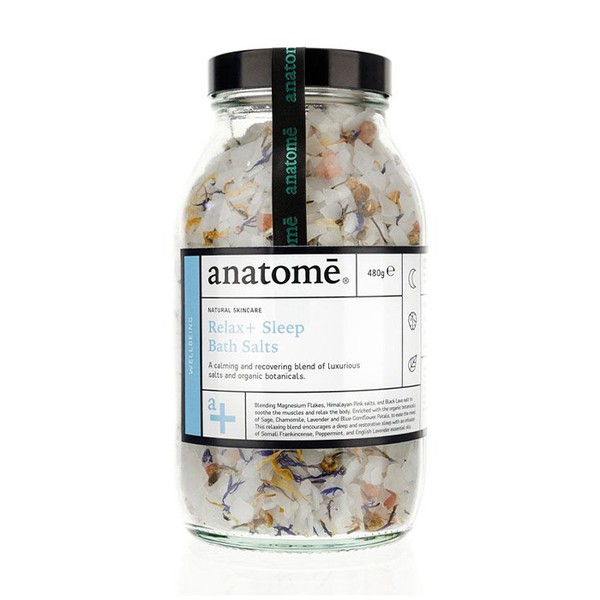
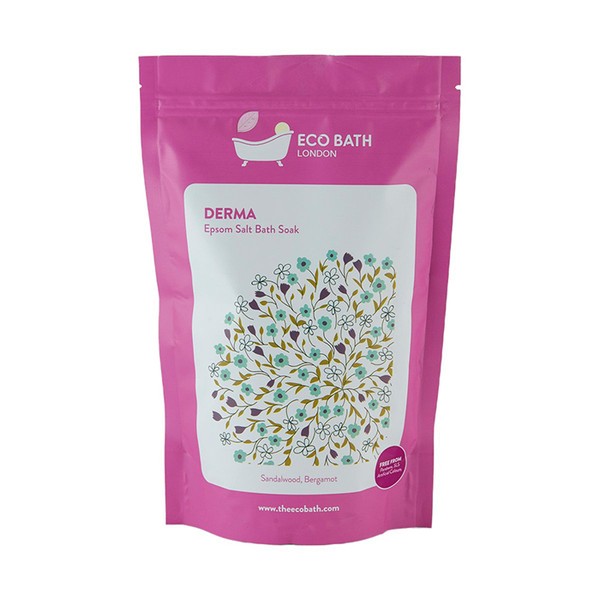
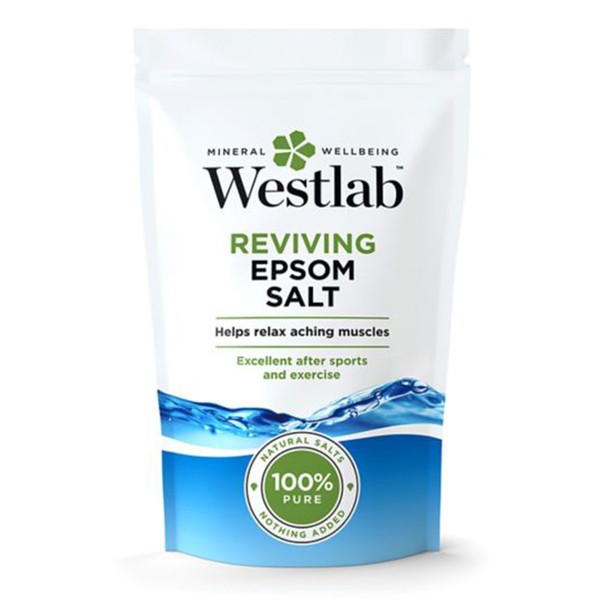

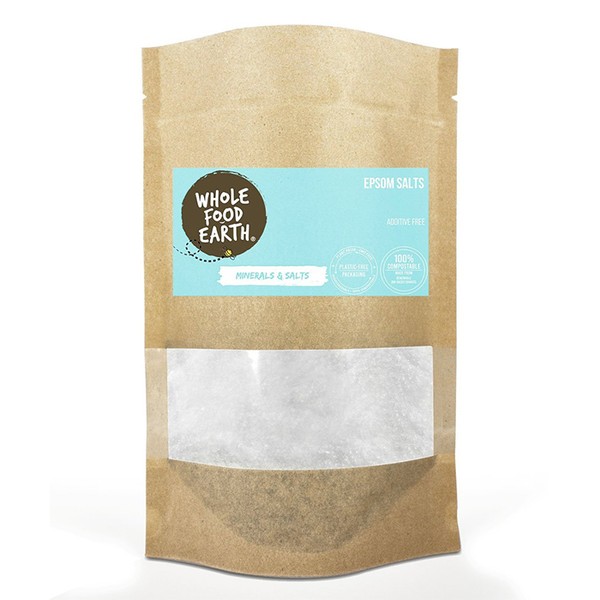
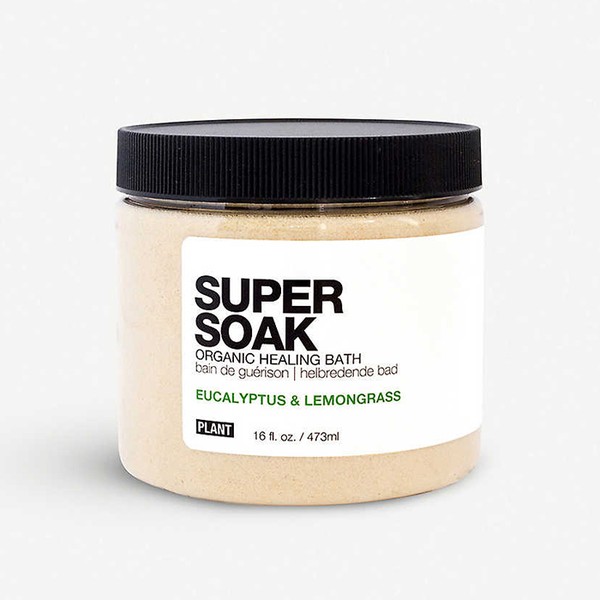

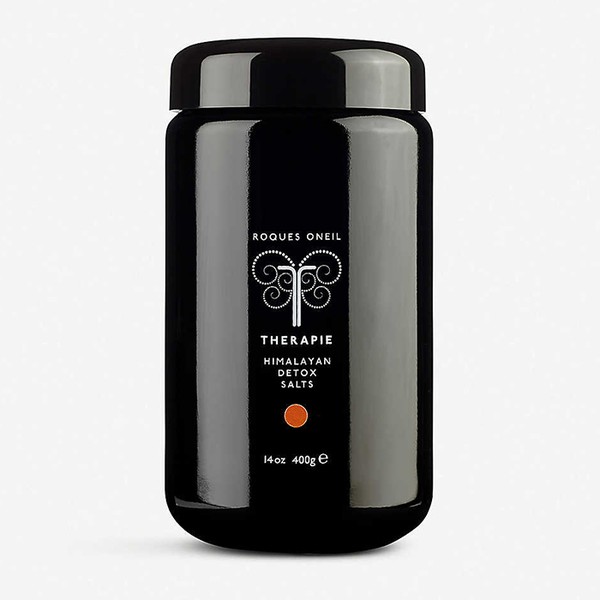
For more information visit WestlabSalts.co.uk, PamelaSpence.co.uk and RoquesONeil.com
DISCLAIMER: Features published by SheerLuxe are not intended to treat, diagnose, cure or prevent any disease. Always seek the advice of your GP or another qualified healthcare provider for any questions you have regarding a medical condition, and before undertaking any diet, exercise or other health-related programme.
DISCLAIMER: We endeavour to always credit the correct original source of every image we use. If you think a credit may be incorrect, please contact us at info@sheerluxe.com.

